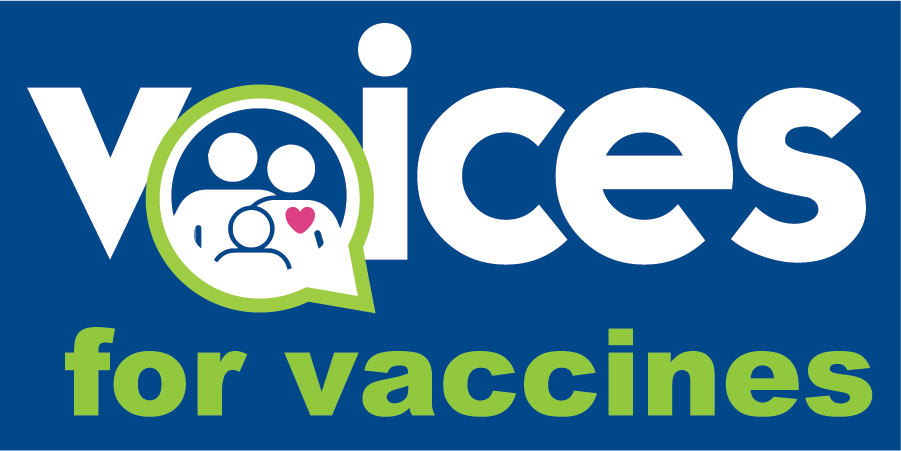The Claim:
A new report from Peter McCullough’s Foundation claims that autism is linked to many genetic, medical, and environmental factors, and that vaccines may play a major role by upending a child’s immune system through too many immunizations.
The Facts:
In 1998, Andrew Wakefield held a press conference about his research paper, which claimed vaccines might cause autism. That paper was later proven to be fraudulent and retracted (withdrawn). At the time, scientists knew less about autism than they do now. Today, studies show that autism is mostly caused by genetics and starts very early, even before a baby is born. The brain differences seen in people with autism begin during early development in the womb, not because of vaccines or anything that happens later.
Many large-scale studies from trusted health groups like the CDC and WHO have shown again and again that vaccines do not cause autism. One big study from Denmark looked at more than 650,000 children born between 1999 and 2010 to see if the measles-mumps-rubella (MMR) vaccine was linked to autism. The researchers followed these children for years and found about 6,500 with autism. Children who got the MMR shot were no more likely to have autism than those who didn’t. Another meta-analysis looked at data from over 1.2 million children and also found no connection. These are strong studies showing vaccines don’t cause autism.
The McCullough report claims that when a child gets too many vaccines, it can overwhelm their immune system. The report claims this stress on the body’s cells, called “mitochondrial stress,” causes autism. But science doesn’t back this up. There’s no evidence that the germs (called antigens) a baby’s body fights every day or the small number of antigens in vaccines hurt the immune system in any way.
In fact, the number of antigens in vaccines has gone down over the years, even while autism rates have gone up. That means vaccines aren’t the cause. And even though “mitochondrial stress” is a popular phrase right now, experts from Science Feedback explain that there’s no proof that vaccines trigger autism, even in people with mitochondrial disorders. They explain that infections, not vaccines, are the real danger for these children. Vaccines actually protect them by preventing fevers and other problems that could lead to brain injury.
So why do some people still believe vaccines are to blame? Often it’s because they don’t want to accept the evidence. When one idea is proven wrong, they move on to a new one, like saying “too many vaccines cause autism” or blaming another vaccine. This cycle keeps going, even though the science is clear. Instead of wasting money on disproven ideas, we should use it to find better ways to support and help autistic people.


